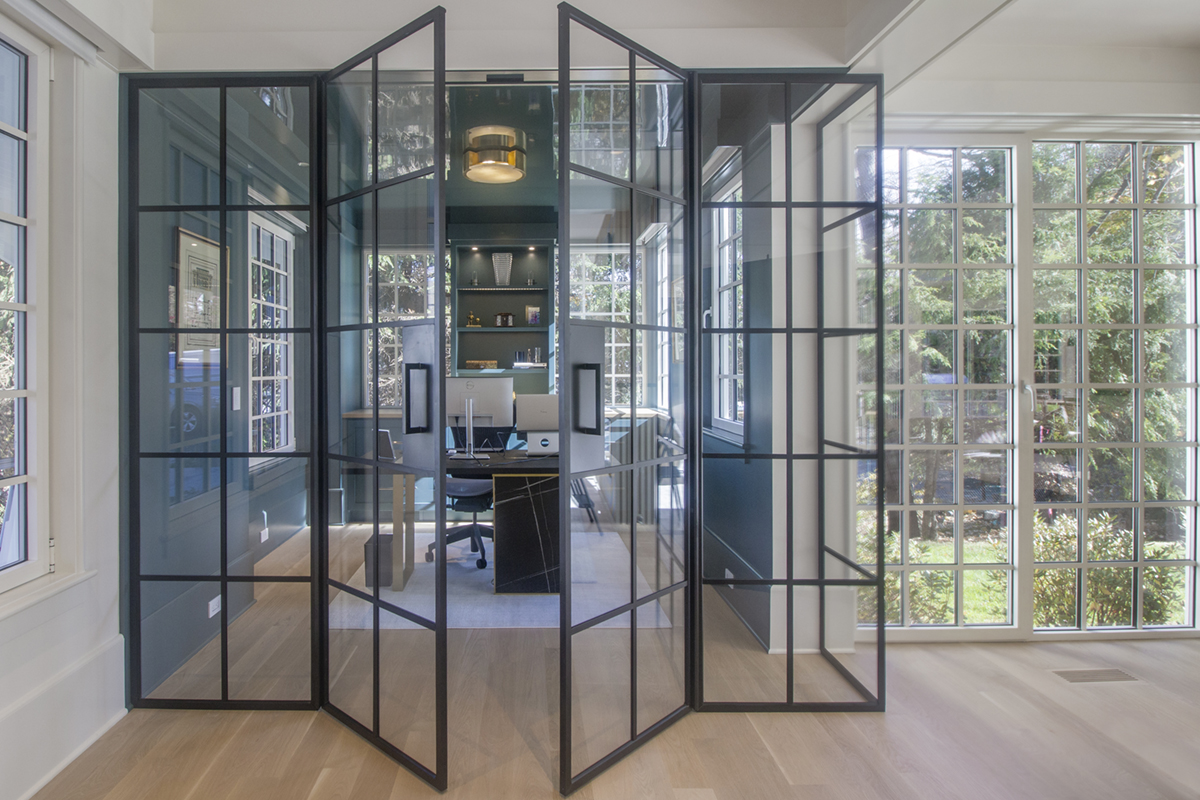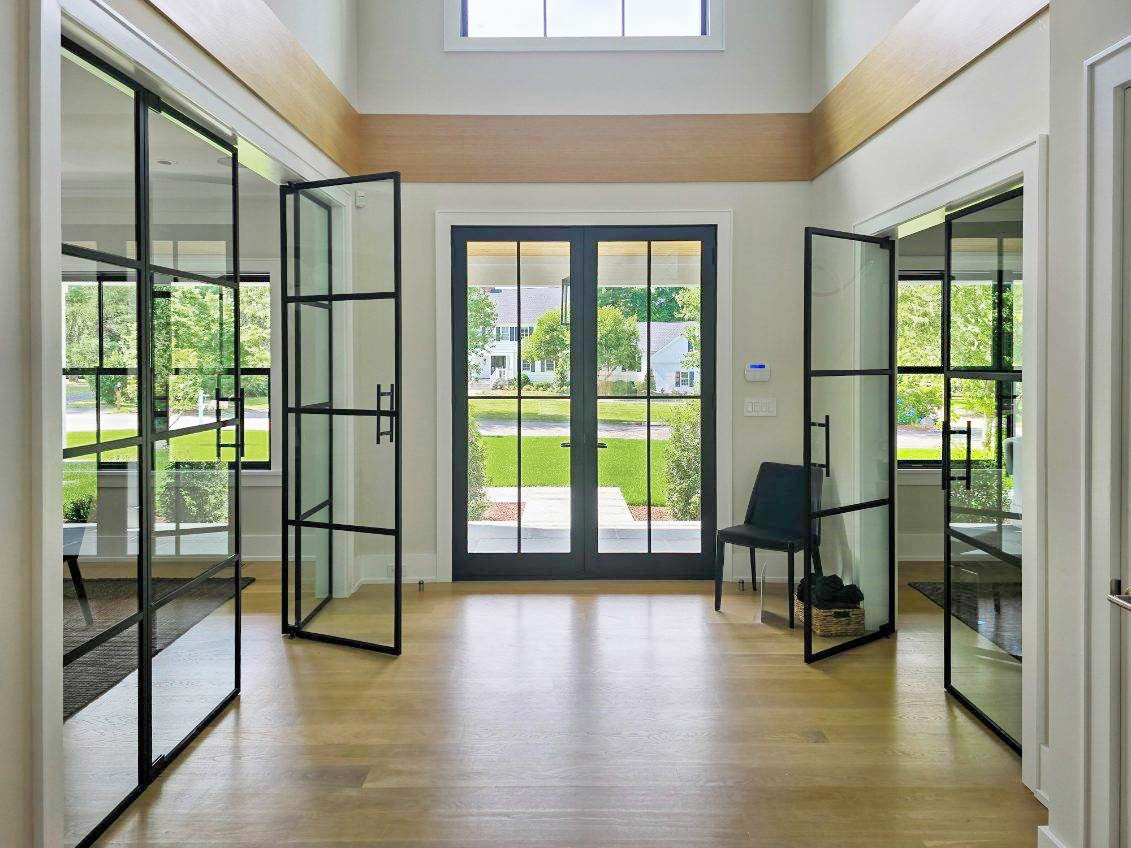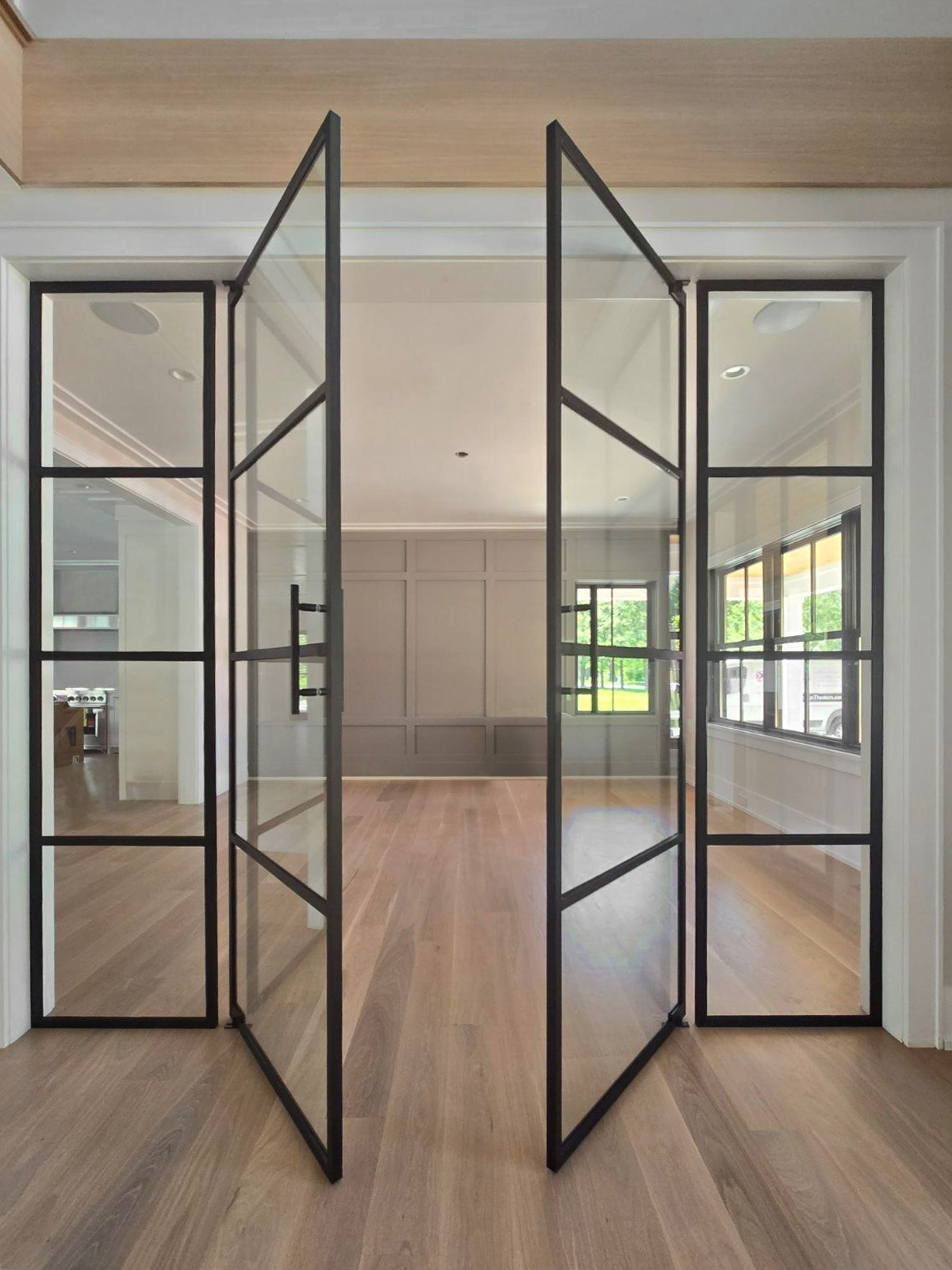
The Elegance of Architectural Glass with Narrow Sightline Framing
Architectural glass has long been a cornerstone of modern design, offering a seamless connection between indoor and outdoor spaces while maximizing natural light. When paired with narrow sightline framing, its aesthetic potential is elevated to new heights, blending cutting-edge functionality with minimalist beauty.
In this post, we’ll explore the applications, benefits, and considerations for using architectural glass with narrow sightline framing in contemporary building projects.
What is Narrow Sightline Framing?
Narrow sightline framing refers to slim-profile frames that support glass installations while minimizing their visual footprint. Unlike traditional bulky frames, narrow sightlines emphasize transparency and provide a clean, uninterrupted view.
These frames are typically made from materials like aluminum, steel, or platinum, chosen for their strength and durability despite the thin profile. The result is an elegant balance of form and function that enhances the modern aesthetic.

Applications of Narrow Sightline Framing Systems
1. Residential Interior Spaces
Narrow sightline glass is a popular choice for high-end residential designs. It’s often used in:
• Floor-to-ceiling windows: To create a sense of openness and blur the boundary between indoor spaces and the outdoors.
• Sliding glass doors: For seamless transitions to indoor and outdoor areas.
• Glass walls and partitions: Allowing light to flow while maintaining separate zones within the home and office.
2. Commercial Interior Spaces
In office spaces, retail stores, and hospitality settings, narrow sightline framing complements sleek, professional environments. Applications include:
• Floating glass systems: Giving facades a minimalist yet striking appearance.
• Entrances: Providing unobstructed views that enhance visual merchandising.
• Conference rooms: Ensuring privacy with optional frosted or smart glass while maintaining a modern design.
3. Public and Cultural Spaces
Museums, galleries, and community centers benefit greatly from architectural glass. The narrow frames help highlight exhibits or enhance panoramic views of the surrounding environment.
Advantages of Narrow Sightline Framing
1. Enhanced Aesthetics
The slim frames create a sleek, modern look that complements contemporary architecture. They provide a nearly invisible barrier, emphasizing the glass and the views beyond.
2. Maximized Natural Light
With less frame and more glass, daylight floods into spaces, reducing reliance on artificial lighting and creating a healthier, more inviting environment.
3. Improved Structural Integrity
Despite their minimalistic appearance, narrow sightline frames are engineered for durability and strength. They support large panes of glass without compromising safety or stability.
4. Energy Efficiency
Paired with advanced glazing technology, these systems offer excellent thermal performance. Double or triple-pane glass, combined with insulated framing, helps maintain indoor temperatures while reducing energy costs.
5. Versatility
Narrow sightline systems are adaptable to various styles, from ultra-modern to transitional, and work seamlessly with different glass types, including laminated, tempered, or low-E glass.

Key Considerations
• Material Selection: Aluminum is lightweight and corrosion-resistant, while steel offers exceptional strength for oversized glass panels.
• Cost: The premium materials and advanced engineering often come at a higher price point, but the aesthetic and functional benefits justify the investment.
• Maintenance: Regular cleaning and inspection are necessary to preserve the sleek appearance and performance.
• Local Building Codes: Consult regulations to ensure compliance with safety and energy efficiency standards.
Future of Narrow Sightline Glass in Architecture
As sustainable design continues to gain momentum, the demand for narrow sightline framing systems integrated with energy-efficient glass will only grow. Innovations in materials and technology will further enhance their performance, making them a staple in modern architecture for years to come.
Conclusion
Architectural glass with narrow sightline framing represents the pinnacle of modern design, offering unparalleled elegance and functionality. Whether you’re designing a luxury home, a cutting-edge office, or a cultural landmark, these systems provide the perfect solution for creating bright, open, and visually stunning spaces. If you’re considering incorporating narrow sightline structural framing into your next project, consult our Allura Glass Door Systems experts to explore the best materials, finishes, and designs to suit your vision.
